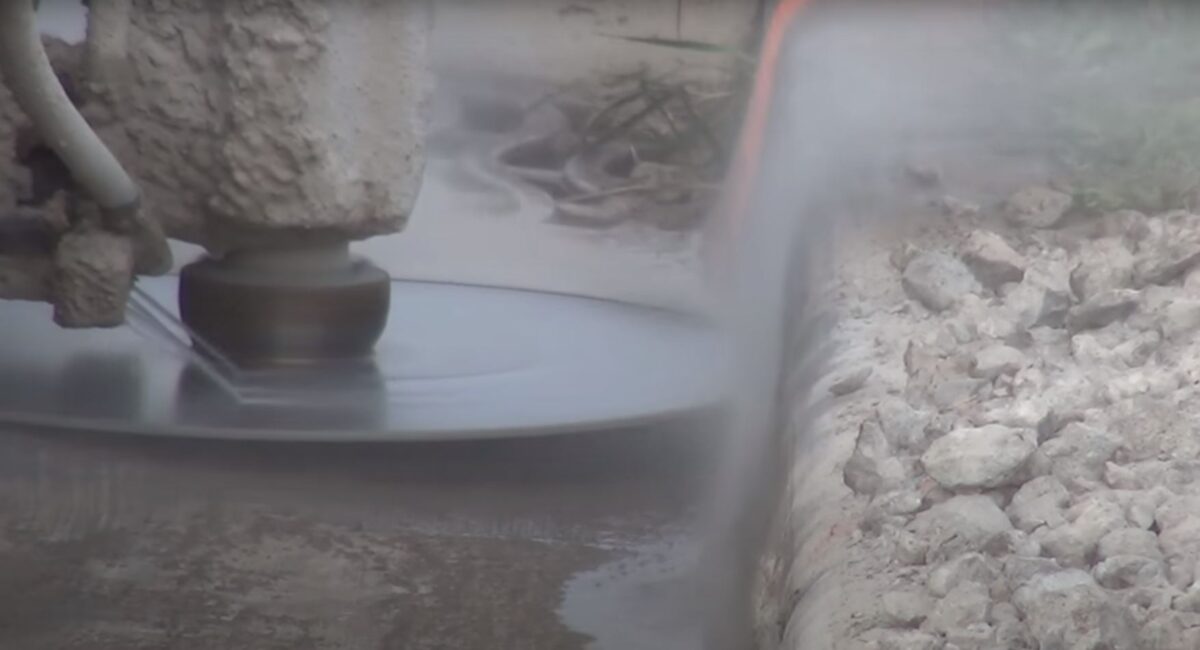Unearthing the Health Risks of Concrete Cutting
Concrete: The Backbone of Modern Infrastructure
Concrete’s versatility and strength have made it a preferred choice in many Auckland construction projects, from the sprawling landscapes of Pakuranga to the bustling hubs of Hobsonville. As homeowners embrace renovation projects, understanding concrete coring and its associated health risks becomes indispensable.
The Composition of Concrete
At its core, concrete comprises a mixture of cement, water, and aggregates. This seemingly simple combination, when subjected to cutting, releases particulate matter that can have profound health implications for those exposed.
Health Impacts of Respirable Crystalline Silica
One of the chief concerns arising from concrete cutting is the release of respirable crystalline silica. When inhaled, these minuscule particles can penetrate deep into the lungs, leading to:
- Silicosis: A lung disease caused by breathing in tiny bits of silica, leading to inflammation and scarring.
- Lung Cancer: Prolonged exposure to silica dust increases the risk of this life-threatening ailment.
- Chronic Obstructive Pulmonary Disease (COPD): A group of diseases causing airflow blockage and breathing-related issues.
- Kidney Disease: Sustained exposure to silica dust may also affect kidney function over time.
Noise-Induced Hearing Loss
Cutting concrete is not a silent task. The high decibel levels emitted by cutting tools can contribute to:
- Tinnitus: A constant ringing or buzzing in the ears.
- Temporary or Permanent Hearing Loss: Depending on the duration and intensity of exposure.
Bylaws, Regional Councils, and Codes
While the Auckland Council is invested in supporting residents’ renovation dreams, they have regulations in place to safeguard the health of both workers and residents. In areas like Pakuranga and Hobsonville, specific bylaws have been enacted to regulate:
- The hours during which concrete cutting can occur, to minimise noise disturbances.
- The methods used for cutting, especially in residential zones, to reduce dust and silica release.
Advanced Techniques in Concrete Cutting
In the ever-evolving world of construction, techniques that minimise health risks are continually being developed:
- Wet Cutting: Using water as a coolant not only suppresses dust but also cools down the blade, making the cutting process more efficient.
- Vacuum Systems: Modern concrete cutting tools come equipped with vacuum systems that suck away the dust, drastically reducing airborne silica particles.
- Personal Protective Equipment (PPE): Ensuring workers are equipped with the right PPE, such as dust masks and ear protectors, significantly reduces health risks.
Analysis of Various Concrete Cutting Scenarios
| Task | Type of Concrete | Other Conditions | Positives | Negatives | Benefits |
| Home Renovation Coring | Reinforced Concrete | Indoor, Limited Space | Precise, Minimal Structural Disturbance | Dust Generation | Efficient, Less Structural Compromise |
| Driveway Reshaping | Asphalt Concrete | Outdoor, Open Area | Faster, Suitable for Larger Sections | Noise Levels | Smooth Finish, Quick Completion |
| Wall Cutouts for Windows | Structural Concrete | Indoor, Structural Work | Controlled, Reduces Structural Damage | Requires Expertise | Enhanced Natural Lighting, Aesthetics |
Concrete cutting, while essential in the realm of renovations, comes with its set of health challenges. However, with the integration of advanced techniques and adherence to Auckland’s stringent bylaws, homeowners can achieve their dream spaces with minimal health risks. Always consider professional expertise for tasks that seem daunting to ensure both safety and precision.
Concrete Cutting: Frequently Asked Questions
What is concrete coring?
Concrete coring is the process of removing a cylinder of concrete from a larger structure, typically using a hollow, cylindrical drill known as a core drill.
Why is respirable crystalline silica a concern during concrete cutting?
Respirable crystalline silica, released during concrete cutting, can be inhaled and cause severe lung diseases, including silicosis and lung cancer.
Are there any regulations in Auckland regarding concrete cutting times?
Yes, in areas such as Pakuranga and Hobsonville, Auckland Council bylaws regulate the hours during which concrete cutting can be conducted to minimise noise disturbances.
How can I minimise dust when cutting concrete?
Using wet cutting techniques or tools equipped with vacuum systems can significantly reduce dust generation during concrete cutting.
Is it necessary to wear protective gear while cutting concrete?
Absolutely. Personal Protective Equipment, including dust masks, ear protectors, and safety goggles, is crucial to minimise health risks.
How do wet cutting and dry cutting differ in terms of health risks?
Wet cutting suppresses dust and cools down the blade, reducing airborne silica particles and heat, making it less risky health-wise compared to dry cutting.
Can I conduct concrete cutting at any time in Auckland?
No, certain suburbs and regions have specific bylaws governing permissible hours for concrete cutting to reduce noise and other disruptions for residents.
Are there modern tools that make concrete cutting safer?
Yes, many modern tools integrate vacuum systems for dust collection and employ advanced techniques to reduce noise, making the process safer.
Do all types of concrete release the same amount of silica when cut?
No, the amount of respirable crystalline silica released depends on the concrete’s composition. However, precautionary measures should always be taken regardless of the concrete type.
Is hiring a professional necessary for concrete coring in home renovations?
While some small tasks might be achievable by experienced DIYers, hiring professionals ensures safety, precision, and adherence to Auckland’s regulations.
